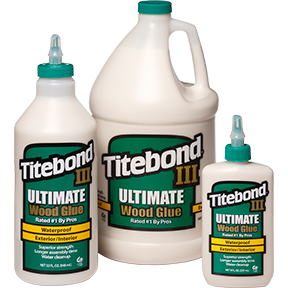socalrider
Guru
- Joined
- Feb 14, 2020
- Messages
- 1,011
- Location
- usa
- Vessel Name
- SEA WOLF
- Vessel Make
- 1979 CHB 41 Trawler
I've read through several of the excellent threads on bung repair as I start down this path myself on our side decks. I did a trial run yesterday and replaced three bungs where the screw heads were showing. The teak seemed pretty thick still which is good - maybe 1/2" or 3/8.
In each case I was able to back the bronze screws out, but they were all broken off around 1/2" to 3/4" from the heads (presumably stuck in the GRP).
The challenge of course is that the remaining screw material makes it impossible to countersink a hole with the 3/8" countersink bit I have.
Do you recommend leaving the rest of the screw? It would be very difficult to extract. In that case, using a 3/8" brad point bit seems like it would be necessary to get a plug in deep enough.
One final question: several threads mentioned sealing with epoxy. I found it difficult to do this without making a mess on the deck. I'm considering using 291 or wood glue others suggest so as not to have to pre-mix and deal with the epoxy hardening while I work.
In each case I was able to back the bronze screws out, but they were all broken off around 1/2" to 3/4" from the heads (presumably stuck in the GRP).
The challenge of course is that the remaining screw material makes it impossible to countersink a hole with the 3/8" countersink bit I have.
Do you recommend leaving the rest of the screw? It would be very difficult to extract. In that case, using a 3/8" brad point bit seems like it would be necessary to get a plug in deep enough.
One final question: several threads mentioned sealing with epoxy. I found it difficult to do this without making a mess on the deck. I'm considering using 291 or wood glue others suggest so as not to have to pre-mix and deal with the epoxy hardening while I work.

